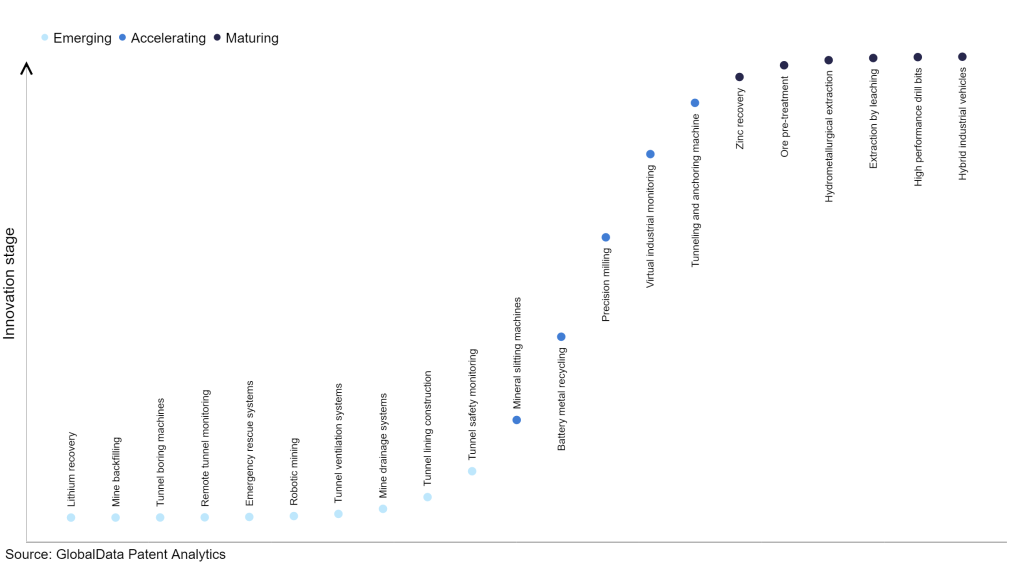
Bloomberg
Oil markets may be showing renewed signs of strength, but that doesn’t guarantee a rally is brewing.
The latest sign of resilience arrived today, as the International Energy Agency raised demand forecasts once again and said markets face a supply deficit this year amid OPEC+ production cuts.
Brent crude futures closed at a four-month high above $84 a barrel yesterday after a decline in US crude stockpiles and Ukrainian drone strikes on Russian refineries.
Two weeks ago, trading giant Trafigura Group said market chatter had turned back to “upside risk,” while JPMorgan Chase & Co. accelerated its projection for how quickly Brent will hit $90 to April.
Meanwhile, conflict in the Middle East continues to ensnare the region’s energy exports. Oil tankers forced on longer routes to avoid Houthi attacks in the Red Sea have created the biggest pileup of inventories on the water since the pandemic, according to the IEA.
But scratching the market’s surface reveals some underlying frailties that may prevent crude from moving much higher.
For one thing, the IEA’s sudden switch to deficit is predicated on the Organization of Petroleum Exporting Countries and its allies extending their latest output curbs to year’s end — a policy the group hasn’t yet agreed upon.
Given that some OPEC+ members like the United Arab Emirates are eager to deploy new production capacity, while others such as Iraq and Kazakhstan are struggling to implement the cuts they promised, banking on another six-month extension is a shaky assumption.
Then there’s the general wariness among commodity investors after the disappointment of last year, when oil looked set for a return to triple digits, only to falter in the final months. A decline in net-long Brent positions by hedge funds last week confirms that speculators remain skeptical.
So while crude prices appear to have cemented a floor above $80 a barrel in London, cracking the next round number may prove to be a tough challenge.
–Grant Smith, Bloomberg News
Share This:




